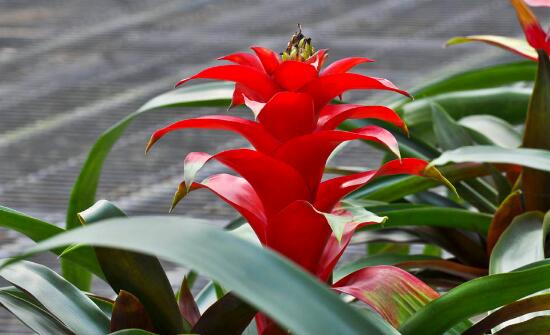What diseases are easy to occur in cutting asparagus?
The yellow but not detached branchlets of asparagus are mainly caused by insufficient nutrients and malnutrition in the basin soil. Some are because the basin soil is hard, the ventilation is poor, and the root activity decreases. In addition to replacing the basin with culture soil rich in organic matter in spring, the surface of the basin soil should be often loosened and attention should be paid to strengthening fertilization.
The withered and yellow leaf tip or shedding of asparagus is mainly caused by less watering, dry basin soil, or too low relative humidity. Should always keep the basin soil moist, and often spray water to the plant, the water temperature had better be the same as room temperature, and put asparagus in a place with high air humidity. Mixed fertilizers should be properly applied in the growing season to make the plants healthy and strong and enhance their resistance.
The shoot color of asparagus is dark yellow or yellowish green, which is caused by strong light or too much watering. It should be moved to a shaded place to avoid direct exposure to strong light, and be careful not to water too much.
The roots of asparagus are rotten and the branches are scorched and yellow, mainly due to strong winds in the hot summer season, or long-term stagnant water in flowerpots. So in summer, we should pay special attention to prevent the attack of thundershowers or typhoons.
Common indoor plant culture methods
The key points of this article
Flowerpots, sprinklers, soil, fertilizers, flower scissors.
/ 14 step by step reading
First, the breeding method of dripping Guanyin (has the effect of removing air dust, can not be put in the bedroom)
1. Temperature. Dishui Guanyin can only grow well in an environment of no less than 18 ℃. If the temperature is lower than 18 ℃, Dishui Guanyin will be dormant and stop growing. 2. Fertilization. Dishui Guanyin likes to be fat, so we have to fertilize Dishui Guanyin every month. 3. Watering. Dripping Guanyin should be watered more in summer, but not too much, dry and wet when appropriate, and there can be no stagnant water in the soil, otherwise the tubers will rot. Dormancy in winter, less watering, stop fertilizing. 4. Sunshine. Dripping Guanyin likes yin, don't let the sun shine directly. Let Dishui Guanyin become "wilted", mainly because there is not enough fertilizer, we should pay attention to topdressing. Maintenance: Dishui Guanyin likes warm, humid and slightly shaded environment, but the flowering period should be sunny, otherwise the Buddha flame will be green and affect the quality. It is necessary to ensure that the light lasts for 5 hours every day, otherwise the petiole will lengthen and affect the ornamental value. Dishui Guanyin is not cold-resistant and will be moved into the greenhouse in mid-October. In summer, under the condition of shade, we often spray water to cool and moisturize. Dripping Guanyin likes moist and fertile soil, which is often called "big fat and big water". It should be watered during the growth period.
- Prev

The breeding method of good luck
1. After the ramet propagation Hongyundang plant blossoms, it will grow from the base of the mother plant to several tillering buds. When the tillering bud grows to the size of the mother plant, it can be cut off from the base of the bud with a knife, remove the lower leaves, dry the notch, and insert it into a basin of rotten leaf soil and plain sand.
- Next

What are the diseases and insect pests in the face of good luck? How to prevent and cure?
The most common diseases in Hong Yun are heart rot and root rot. The basal tissue of the leaf tube of the plant suffering from heart rot becomes soft and rotten and has a bad smell. The root tip of the root rot plant turns black, brown or rotten. Poor drainage of substrate or excessive watering, high pH of water, poor ventilation during seedling packaging, and long accumulation of seedlings before planting.
Related
- Fuxing push coffee new agricultural production and marketing class: lack of small-scale processing plants
- Jujube rice field leisure farm deep ploughing Yilan for five years to create a space for organic food and play
- Nongyu Farm-A trial of organic papaya for brave women with advanced technology
- Four points for attention in the prevention and control of diseases and insect pests of edible fungi
- How to add nutrient solution to Edible Fungi
- Is there any good way to control edible fungus mites?
- Open Inoculation Technology of Edible Fungi
- Is there any clever way to use fertilizer for edible fungus in winter?
- What agents are used to kill the pathogens of edible fungi in the mushroom shed?
- Rapid drying of Edible Fungi

